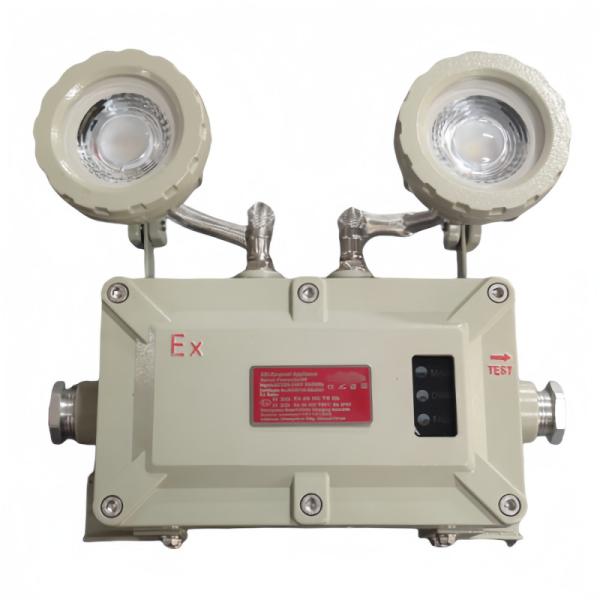1. Petrochemical Industry
Oil drilling platforms, refineries, chemical plants
Oil tank farms, pipeline transfer stations, gas stations
2. Mining and Tunneling
Underground coal mines (areas prone to gas accumulation)
Metal/non-metal mine tunnels
3. Hazardous Materials Storage and Transportation
Gunpowder depots, fireworks warehouses
Chemical storage tank farms, hazardous materials warehouses
4. Power and Energy Facilities
Power plants (especially coal-fired and gas-fired power plants)
Substations and distribution rooms (areas with arcing risks)
Importance:
Preventing Explosion Accidents
Special designs (such as flameproof enclosures and intrinsically
safe circuits) eliminate ignition sources like sparks and high
temperatures, preventing flammable gases, dust, or vapors from
accidentally igniting and preventing explosions from occurring at
the source.
Ensuring Personnel and Facility Safety
In high-risk locations like the oil, chemical, and mining
industries, explosion-proof equipment ensures safe lighting or
operation during emergencies (such as power outages and leaks),
buying time for evacuation and rescue while reducing the risk of
equipment damage.
Compliance and Legal Liability
Most countries require the use of explosion-proof certified
equipment (such as ATEX and IECEx) in explosive environments.
Complying with these standards can help avoid significant fines and
legal consequences after an incident.



